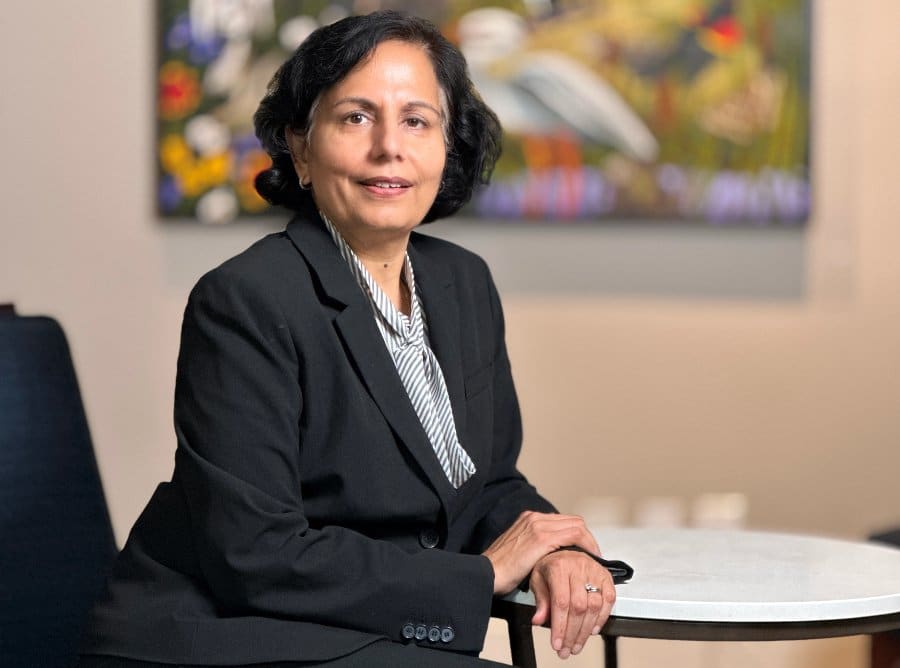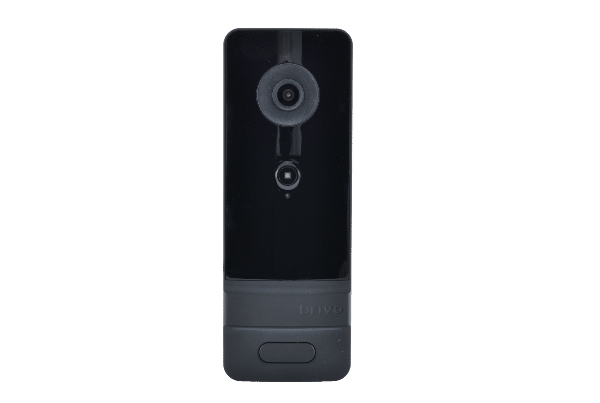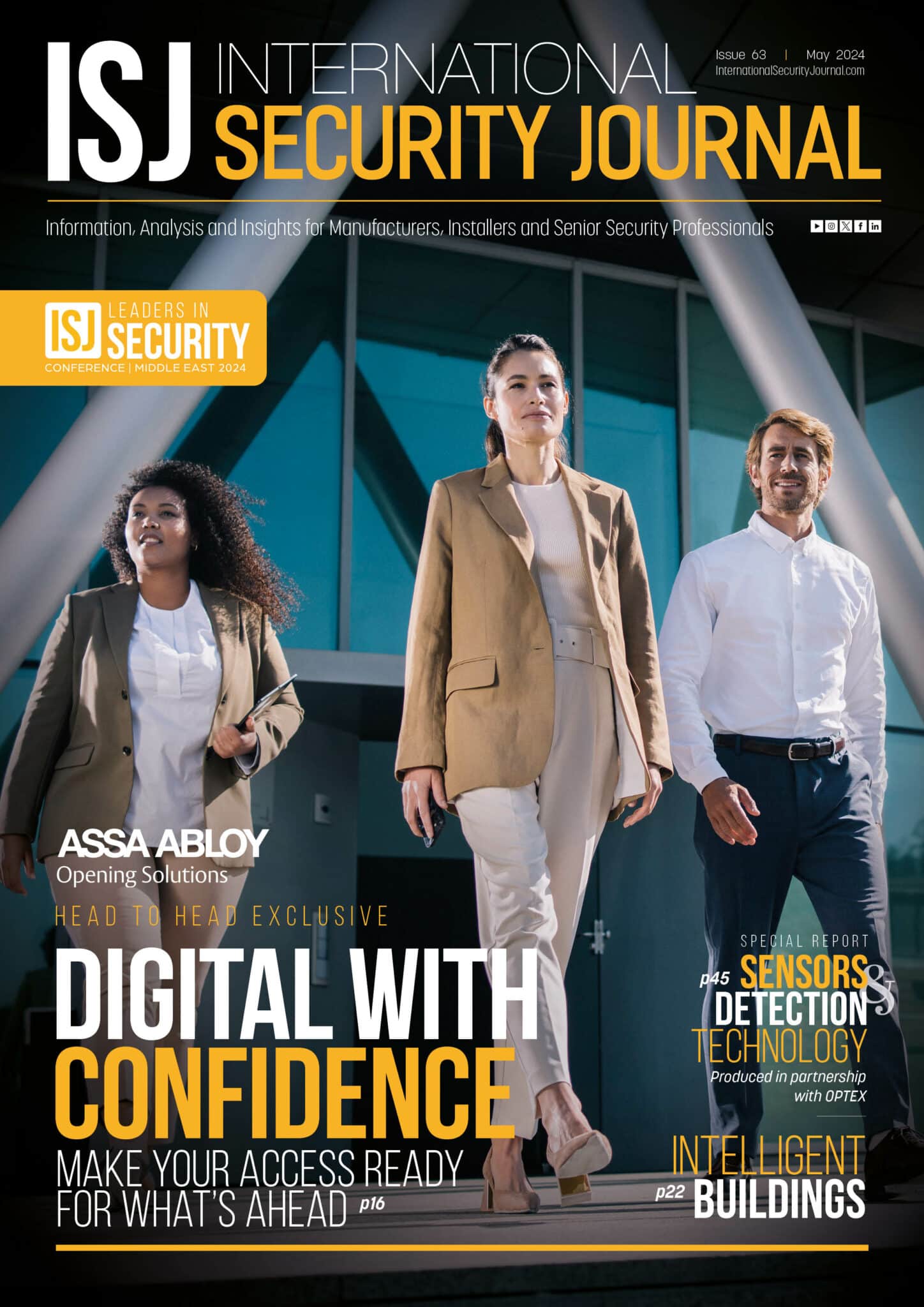Brivo: Creating experiences, not barriers


James Thorpe
Share this content
International Security Journal speaks exclusively with Neerja Bajaj, VP of Product and Innovation, Brivo.
Article Chapters
Toggle- How is Brivo looking to leverage access events, video data and APIs to unlock valuable insights in space management and security?
- What are the advantages of using predictive analytics for facilities and property management in terms of planning strategies and mitigating potential risks?
- How does Brivo’s approach differ when it comes to proactive planning based on analytics? How does this contrast with a reactive response in facilities management and security?
- What are the key benefits of integrating access control with other technologies to enhance security and situational awareness?
- As we look ahead to 2024, what do you think will be the defining trends in access control?
How is Brivo looking to leverage access events, video data and APIs to unlock valuable insights in space management and security?
At Brivo, we really believe that there’s an opportunity to reframe the perception of security and space management by using data.
Security, in general, has for a long time been perceived as a way to create barriers, for example, by physically stopping people at the door.
Whilst this is important, we really believe that we can utilise physical space data – data which may be generated by access control, video surveillance, alarms, sensors – and bring it all together to help make physical security an ‘experience’.
We want to create a space where everyone feels welcome and safe. So, rather than putting in a barrier, if this space belongs to someone, it can enable them.
Recently, we presented our roadmap in terms of what this experience looks like in the life of an office admin. In this scenario, the admin walks through the door and steps into the office.
There’s a Brivo Door Station which unlocks because it recognises the admin. As they walk through the main lobby, the alarm automatically turns off because it recognises the admin and knows they are authorised to disable the alarm.
If there is an emergency at some point during the day, the admin gets a notification on their mobile phone that gives them an insight into who is inside the building and who is outside it.
The admin also gets a heat map which shows where people inside the building are, so they can get any necessary help in a more focused way. By focusing on the experience, we are bringing multiple components together in a single experience, rather than just creating barriers.
How important is data ingestion and the role of an integrated, open platform when customers are looking to utilise access-related data effectively?
That’s a good question. No single vendor can do it all. We need to create a community based on expertise and openness – the right people with the right expertise can contribute and bring innovative ideas.
We really benefit from openness, as there are many use cases and needs where we can, together, solve more problems and resolve them faster.
If we collectively bring points of data together, then by using AI, you can interpret anything.
Your interpretation of this data becomes more accurate if you have more markers on the data points and, subsequently, more vendors are working cohesively to bring the data points together and create clearer insights and validated data.
What are the advantages of using predictive analytics for facilities and property management in terms of planning strategies and mitigating potential risks?
Whenever somebody talks about predictive analytics, the first thing you think of is AI-driven predictive analytics. Many technologies have come and gone, but the growth in this area specifically is crazy.
Nevertheless, this growth also means it comes with a bit of responsibility from a predictive point of view.
AI driven predictive analytics, in the security space, can really enable us, whether they are used in security planning, testing, training, reporting or more; however, we must also be cautious of algorithmic biases and ensuring that we are training the machines in a way that ensure fair, equitable and effective predictions are being assessed.
We can also use analytics for predicting maintenance, identifying tailgating, object anomalies and AI driven floor planning so we make better decisions when it comes to placing cameras and sensors.
I prefix this, however, by saying that predictive analytics always come with a bit of responsibility because you are using data to predict.
There’s no human element in pure data, so what you feed in and how you use this data is very critical.
How does Brivo’s approach differ when it comes to proactive planning based on analytics? How does this contrast with a reactive response in facilities management and security?
A key component of a physical security system is a quick, efficient and effective response in reaction to an event.
This has always been the case, but at Brivo, we have always gone beyond that and looked at more proactive use cases.
When you think of ‘deter, detect and prevent’, it is that preventive component where you can proactively look at use cases to manage spaces and make them more secure.
This means that we are looking to add the ability to manage, for instance, alarms, air quality, temperature settings based on occupancy or even provide security systems installation through connected partners and native applications.
The use cases are truly endless and we want to focus on where we can truly solve problems and add the most value for our users.
What are the key benefits of integrating access control with other technologies to enhance security and situational awareness?
As I mentioned, our role is not to create barriers, but to really enable people to do the right things at the right time.
So, rather than negating, we are focusing on the positive access and enablement of space utilisation without friction to create an experience people want.
By integrating access control with video management systems, with sensors, with alarms, with HR systems, we can help to develop an experience which is welcoming, unobtrusive, easy and simple for all – and when I say ‘all’, I am not just referring to residents, but also tenants, employees, visitors, customers and students.
One such example is our licence plate-based credentials for access. This is a combination of integrated video and access management, which is ideal for public and private garages you may use.
I’ve seen this example used both ways: Firstly, to manage the access, and secondly, to even enable some automated parking management.
This simple use case brings two technologies together to create a lot of efficiencies whilst significantly enhancing security.
As we look ahead to 2024, what do you think will be the defining trends in access control?
The defining trends in access control will be related to the transition to the cloud, integration and the concept of the experience; the one to win will be the one that is open, which will enable companies and enterprises to create the best experience for themselves.
From Brivo’s perspective, we are in the best position to address this market because, as others talk about heading towards the cloud, Brivo was the company that introduced the first purely cloud-based access control system more than 20 years ago.
Brivo has been built as an API-first system, which means it is designed to be integration ready. We have a ton of partners and we have a focus on partnerships to create solutions for our customers.
It is truly amazing to see how many times customers approach us because they want us to help bring multiple technologies together to create an experience.
We are on a path to really bringing all of these components together to help create the best insights and experiences and create the most secure environments for our customers.
As we say at Brivo, we are offering customers simply better security, insights and experiences.
Brivo Door Station
Brivo Door Station, the next generation door experience platform, simplifies access control and improves security.
This all-in-one solution optimises the door experience, unlocking doors by utilising facial authentication and capturing video of every access event.

With Brivo Door Station, combine video, AI and intercoms into a single device to create convenient, modern and secure access.
Neerja Bajaj, VP of Product and Innovation, Brivo
Neerja is the Vice President of Product and Innovation at Brivo. She is responsible for product innovation, product fit, roadmap design, launch and growth.
With over 20 years of experience leading product strategy and digital transformation in B2B and B2B2C SaaS products, both at startups and Fortune 500 companies, Neerja is passionate about solving real customer problems.
She has a track record of introducing award-winning products to the market. Neerja is a collaborative leader who continuously works to help teams and individuals realise their true potential. She holds a Masters in Computer Science from the University of Maryland.



